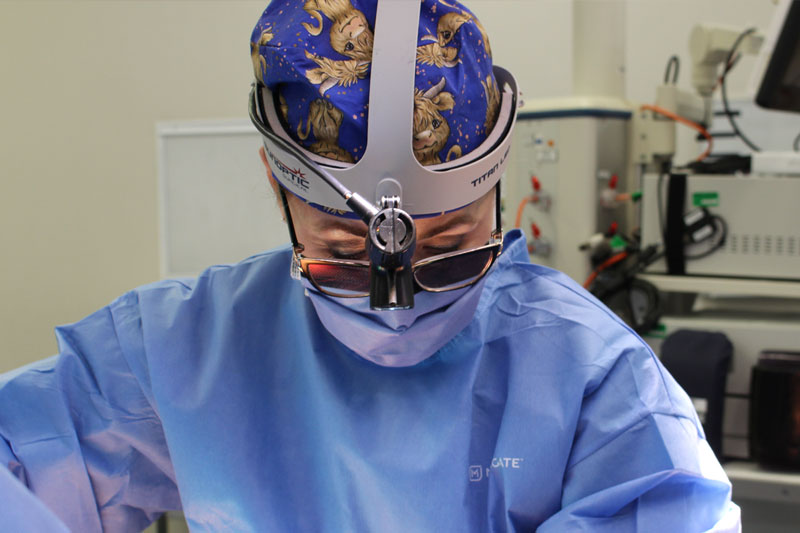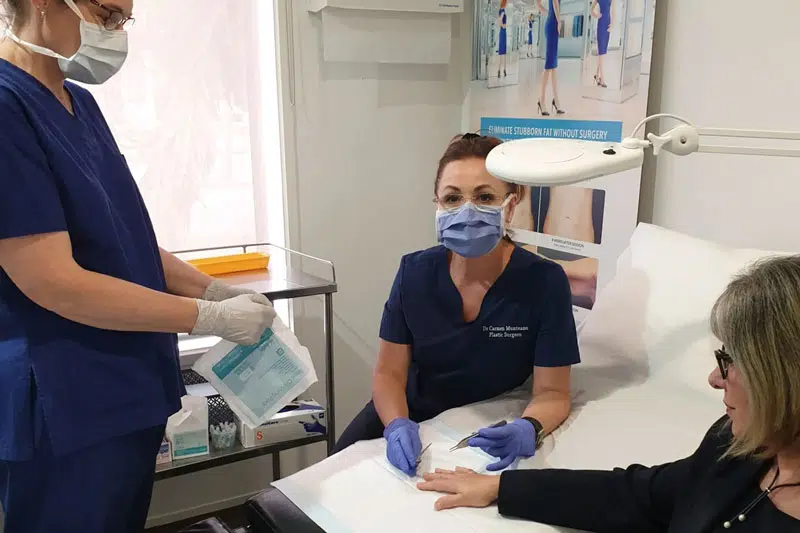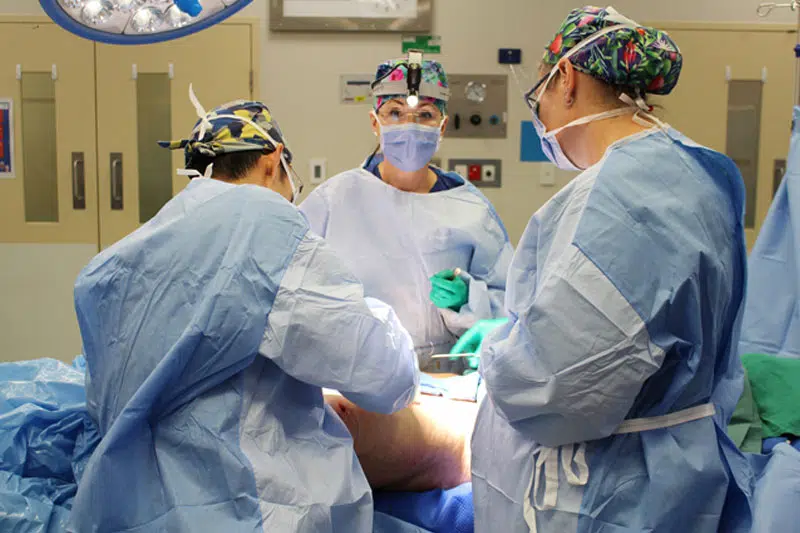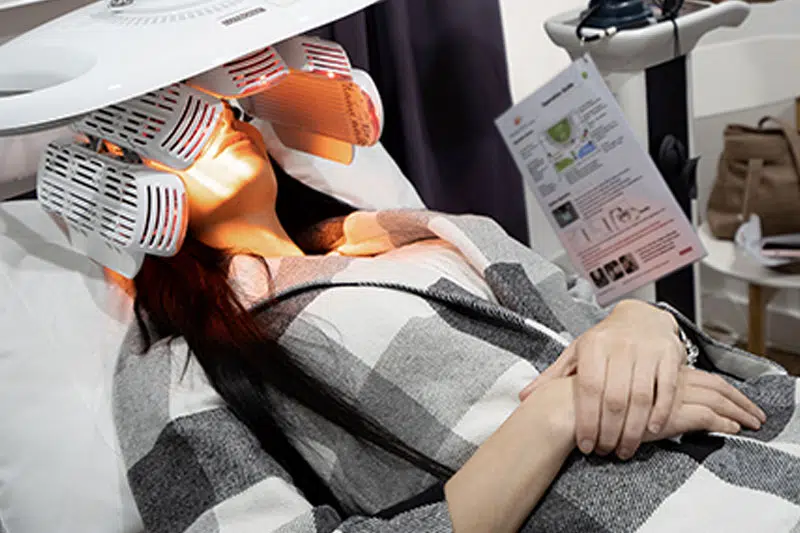Tips & FAQs about Exercising After Breast Augmentation
Breast augmentation is one of the most popular cosmetic procedures worldwide. It is known for its effectiveness in improving breast size and contour. As its popularity grows, so as the number of patients who would like to undergo the procedure. For patients who are planning to have BA surgery, one of the most common questions that they may ask is “When can I exercise after Breast Augmentation?”
Take our Plastic Surgery Quiz to find out if you’d be a good candidate and if you are ready for cosmetic surgery.
What should I expect after the BA surgery?
- The procedure commonly results in days or even weeks of swelling. Also, the expected downtime is 1-2 months. This is to give the body enough time to heal. Although you are expected to rest within this time, it doesn’t restrict you from all your activities. However, it is recommended that you should always wear a compression bra during your workouts. This will help support the weight of your new breast implants. It also prevents unnecessary bouncing during movements.
How long does it take before your implant settles?
- After the procedure, your implant will move to a more comfortable position. “Drop and fluff” is the movement of the implant in which it finds a more natural position to settle. This happens as the skin stretches and the tissues reposition after the surgery. Implants commonly drop in a few days and reach their final position in six weeks. Once they are fully settled after 3 months, the bottom part of the breast will appear rounder and fuller.
How long does it take before the muscles completely relax after the surgery?
- After the surgery, your chest muscles are usually tight. It causes the implant to be pushed towards the ribs that may result in a feeling of tightness. The swelling is expected to completely disappear in 2 months. At this time, the muscles will start to relax. It may take up to 6 months for the muscles to fully relax and stretch.
What are the DO & DONT do after breast augmentation surgery?
- Before you go home, your surgeon will provide you with aftercare instructions to follow to help you heal faster. These include the following:
- Avoid alcoholic beverages.
- Avoid smoking.
- Avoid strenuous activities and tasks that require lifting your arms above shoulder level.
- Avoid taking supplements or medications that can increase your risk of bleeding.
- Avoid wearing a bra that has an underwire.
- Clean the surgical wound and change dressings as instructed by your surgeon.
- Take your prescribed medications on time.
- Wear your support bra religiously.
Can you lay on your side after a breast augmentation?
- Following your surgery, you should sleep on your back as sleeping on your side can place extra pressure on your incision sites. This can affect the wound healing process and may cause the wound to reopen. If this happens, you will need another surgery.
What happens at 4 weeks post-op breast augmentation?
- It is important to keep in mind that the recovery time may vary from patient to patient. This will greatly depend on the extent of the surgery, type of implant, your body type, and your desired results. At 4 weeks post-op, you should not feel any significant discomfort. Swelling, bruising, or pain should subside completely. You can resume normal exercise gradually but you should avoid activities that target the chest as they can lead to undesirable outcomes.
Exercising After Breast Augmentation
What happens if you exercise too soon after breast augmentation?
- Exercises are essential for blood circulation, especially after surgery. This could improve the healing process and prevent the formation of blood clots. It also allows the blood to carry out important nutrients and immune cells to the treated area. On the other hand, too much exercise after the procedure is harmful. It may result in poor outcomes and an increased risk of complications.
- Engaging in early exercise after the procedure can affect the results of breast augmentation. Movements from your chest muscles during the early recovery period are discouraged. Too much use of these muscles might result in the shifting of the implant. This will cause an asymmetrical and unnatural shape of the breast as the implant moves outward or downward. It may also contribute to increased swelling, bruising, and soreness. Undesired scar formation can also develop. To avoid this, chest exercises such as push-ups and pull-ups should be done in moderation.
When can I work out after breast augmentation?
- It is important to keep in mind that every patient is different. Each treatment plan is customised to suit the needs of each patient. Therefore, you should follow the postoperative instructions that will be provided by your surgeon.
- Several factors can affect your recovery and the timeline of when to resume exercise. These include the following:
- How you care for your body after the surgery
- The incision site
- The size and type of your breast implants
- The surgical placement of your implants
- Your desired results
- Your nutrition
- Your overall health
- Your skin condition
- In general, you will need to wait at least 6 weeks before resuming high-intensity exercise. When doing so, you will need to wear a support bra to maintain the result of the procedure and prevent complications.
When should I stop exercising?
- You should stop exercising and consult with your health care provider immediately if you notice any of the following signs and symptoms:
- Bleeding
- Chest wall deformity
- Delayed wound healing
- Difficulty breathing
- Difficulty moving your arms
- Fever
- Fluid accumulation in the incision sites
- Implants can be seen through the skin
- Noticeable breast asymmetry
- Numbness
- Pain in your breasts
- Pus draining from the surgical site
- Rash on the breast area
- Reopening of the surgical wound
- Severe redness in the breast area
- Significant swelling and bruising
- Wrinkling of the implant that can be felt through the skin
What exercises should I avoid?
- These are some exercises that you should avoid unless approved by your surgeon. These include the following:
- Bench presses
- Exercises that include bouncing and jumping
- Heavy lifting
- Push-ups and pull-ups
- Squats
- Yoga poses that put stress on your chest muscles
What exercise can I do 2 weeks after breast augmentation?
- You can gradually increase your activity level as you recover from the surgery. Depending on the type of the surgery, you can perform light cardio activities 2 weeks after your breast augmentation. These include light walking and cycling on a stationary bike. Make sure not to significantly increase your heart rate. Sweating or too much pressure on your incision lines can lead to infection and reopening of the wound.
Does exercise affect breast implants?
- Yes, some exercises can put too much strain on your chest which can lead to complications. The breast implants may shift out of position, resulting in misshapen breasts. To prevent complications, it is best to listen to your surgeon’s advice before resuming your exercise routine. This also helps prevent the need for another surgery to address poor clinical outcomes.
Why can’t I lift my arms after breast augmentation?
- With fresh implants, you will not be allowed to lift your arms. Your surgeon will advise you to keep your arms below the shoulder for about 2 weeks. This allows the capsule to form around the implant to secure it in place. Lifting your arms above shoulder level can cause the implant to move out of the pocket.
Will running ruin my breast implants?
- In most cases, your surgeon will place the breast implants underneath your chest wall muscles if you are physically active. The chest muscles secure the implant in place by providing a cushion. This also gives the implants a more natural look and feel. During your consultation, your surgeon will assess your body type, lifestyle, and expectations to create a customised treatment plan specific to your needs.
Can I run 3 weeks after breast implants?
- Most surgeons recommend that you should wait at least 2-3 weeks before running to allow the implants to settle. This also helps prevent complications while ensuring good aesthetic outcomes. Your surgeon will give you a specific timeline of recovery before you go home. This will help you gain an understanding of what activities to do or avoid as you heal.
Benefits of Exercising After Breast Augmentation Surgery
A convincing number of studies suggest that early mobilisation through exercising can have a positive impact on your recovery following breast augmentation surgery.
In one study, researchers evaluated a total of 115 patients with breast cancer who underwent breast reconstructive surgery. [1] The patients underwent short-term shoulder immobilization for a period of 2 weeks. After 2 weeks, the patients were instructed to undergo a self-exercise program. During this time, shoulder mobility, pain levels, quality of life, and complication rates were assessed. After 1 to 2 months, patients who received early rehabilitation with a self-exercise program demonstrated greater shoulder flexion and abduction range.
The effects of early range-of-motion (ROM) exercises were investigated in breast cancer patients who had a mastectomy (surgical removal of one or both breasts) and immediate implant-based reconstruction. [2] In this study, the patients immediately started to perform the exercises a day after the surgery. The patients performed the exercises with shoulder ROM limited to ninety degrees. After two weeks, the patients were grouped into two:
- Patients who were permitted to do free-range shoulder exercises until they are limited by the pain.
- Patients who were instructed to limit shoulder ROM to ninety degrees.
It was found that the patients who performed free-range shoulder exercises demonstrated less pain, greater shoulder range, and better upper limb function than the group who performed limited shoulder ROM exercises. The researchers, therefore, concluded that immediate implant-based reconstruction in patients who had a mastectomy is safe and beneficial with regards to kinetic-functional recovery and pain control.
In another study, the effects of breast augmentation on the function of the pectoralis major (a thick, fan-shaped chest muscle) were assessed in athletic women. [3] The study included 20 female athletes who regularly undergo weight training at least 6 hours per week. The subjects had breast augmentation and were instructed to fill out a 1-page questionnaire assessing exercise performance, pain levels, and breast appearance after the surgery. Five of 13 women reported increased ability to perform exercises without any pain. In addition, most of the women reported a high satisfaction rate with breast augmentation regardless of the location of the implant.
Download Dr Carmen’s Guide to Breast Augmentation with Implants
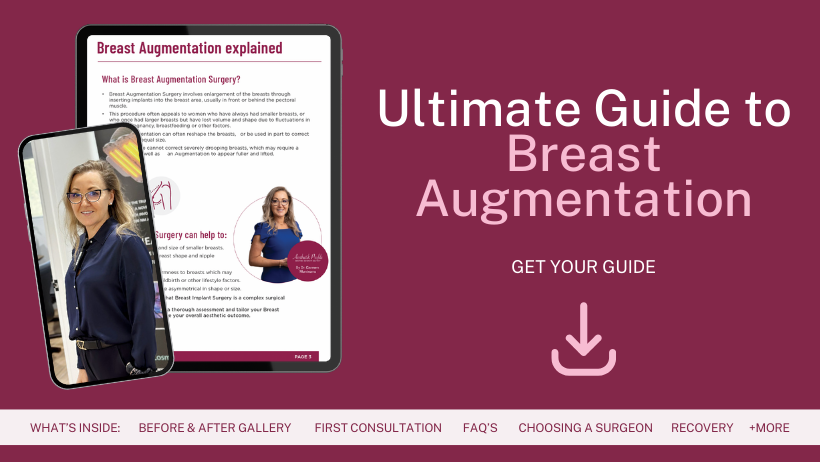
Information About Breast Augmentation Surgery
This surgical procedure enhances the size, shape, and projection of the breasts by using implants. In some cases, a fat transfer may be used to reconstruct your breasts. This involves harvesting fat from a part of your body. Once processed, the fat is injected into your breasts to add volume and fullness.
Why do Patients opt for Breast Augmentation?
In general, most patients opt for the procedure because of the following reasons:
- They have naturally small breasts that are not in proportion to their bodies.
- They have lost breast volume due to pregnancy and significant weight fluctuations.
- They have breast asymmetry or noticeable unevenness in breast size and shape.
Are you Suitable for Breast Augmentation?
You are an ideal candidate for this breast surgery if:
- You have good physical and mental health.
- You have realistic expectations.
- You want to achieve better body proportions.
For more information please visit the webpage about Breast Augmentation Surgery or the Post-Surgery Recovery page
Further Reading about Exercising After Breast Augmentation – Medical References:
- Kim KH, Yeo SM, Cheong IY, Kim Y, Jeon BJ, Hwang JH. Early Rehabilitation after Total Mastectomy and Immediate Reconstruction with Tissue Expander Insertion in Breast Cancer Patients: A Retrospective Case-control Study. J Breast Cancer. 2019;22(3):472-483. Published 2019 Sep 5. doi:10.4048/jbc.2019.22.e40.
- de Almeida Rizzi SKL, Haddad CAS, Giron PS, Figueira PVG, Estevão A, Elias S, Nazário ACP, Facina G. Early Free Range-of-Motion Upper Limb Exercises After Mastectomy and Immediate Implant-Based Reconstruction Are Safe and Beneficial: A Randomized Trial. Ann Surg Oncol. 2020 Nov;27(12):4750-4759. doi: 10.1245/s10434-020-08882-z. Epub 2020 Jul 28. PMID: 32725529.
- Sarbak JM, Baker JL Jr. Effects of breast augmentation on pectoralis major muscle function in the athletic woman. Aesthet Surg J. 2004 May-Jun;24(3):224-8. doi: 10.1016/j.asj.2004.02.005. PMID: 19336160.



